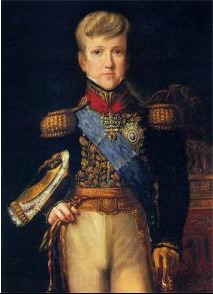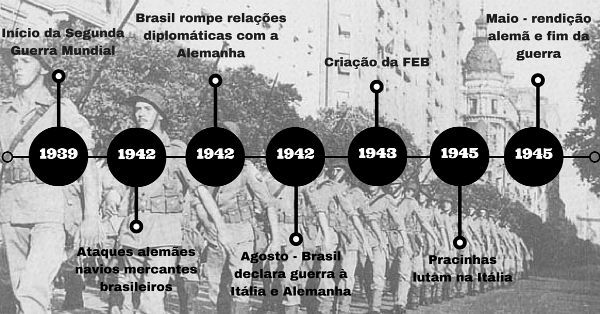After the incident of the “18 do Forte”, which tried to overthrow the government of Artur Bernardes, members of the tentative movement seemed to gain greater political strength. In this way, the low-ranking officers who were part of the movement tried to mount new coups against the current oligarchic regime. To that end, they sought to undertake a series of simultaneous military revolts that could force the president's downfall.
On July 5, 1924, troops from São Paulo tried to promote a movement of a national character that was to take over other important cities in the country. However, the rebellion led by Isidoro Dias Lopes managed to ignite other outbreaks only in Mato Grosso, Amazonas, Pará, Sergipe and Rio Grande do Sul. In the state of São Paulo, the tenentista action managed to take strategic points in the capital and attack the Palácio dos Campos Elíseos, the seat of the state government.
The vigor of the military attacks forced Carlos de Campos, president of the state, to flee São Paulo. The capital has turned into a veritable stage of war, forcing around 300,000 people to flee as refugees. The violence of the bombings left several parts of the city destroyed and the absence of the state president turned the Government Palace into a focus of lieutenant resistance. However, the lack of popular appeal weakened the movement.
On July 10, 1924, the insurgents released a manifesto calling for the immediate ousting of President Artur Bernardes and a set of political reforms. In fact, the lieutenants did not have a clearly defined power project. His criticisms revolved around the electoral corruption that plagued the country, the establishment of the secret ballot and the reform of educational institutions. Without articulating a project for the majorities, they defended the reintroduction of the military into national political life.
Not resisting the military superiority of forces loyal to the federal government, the São Paulo lieutenants decided to move the movement to another location. On July 27, 1924, the São Paulo military broke the encirclement of the situationist armies, reaching the northern region of Paraná, on the border between Paraguay and Argentina. After conquering some cities in Paraná and Santa Catarina, these soldiers decided to join the military of the Gaucho Column led by Luís Carlos Prestes.
Do not stop now... There's more after the advertising ;)
By Rainer Sousa
Graduated in History
Brazil School Team
Rebellions in the Old Republic - Brazil Republic
history of Brazil - Brazil School
Would you like to reference this text in a school or academic work? Look:
SOUSA, Rainer Gonçalves. "Paulista Revolt of 1924"; Brazil School. Available in: https://brasilescola.uol.com.br/historiab/revolta-paulista-1924.htm. Accessed on June 27, 2021.



